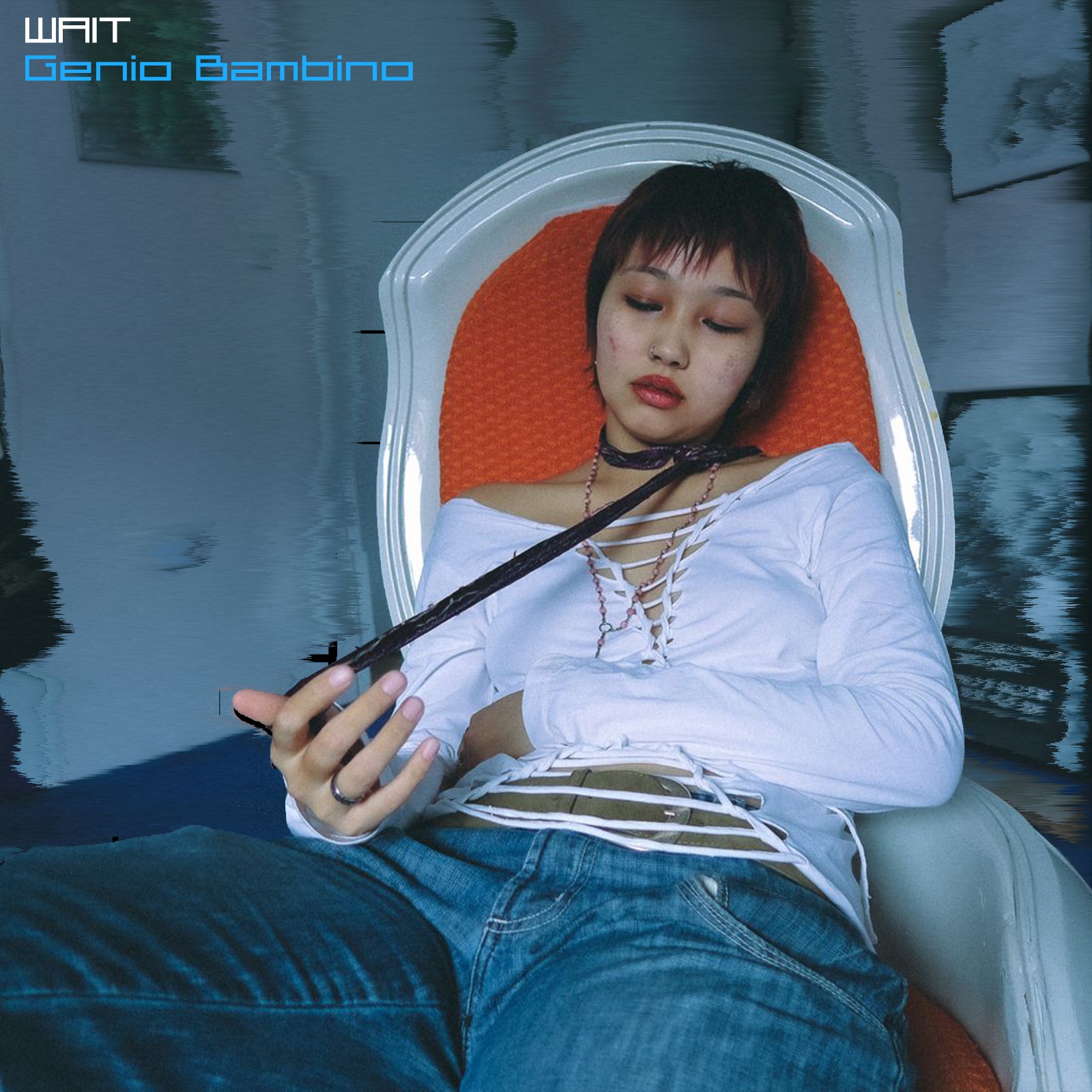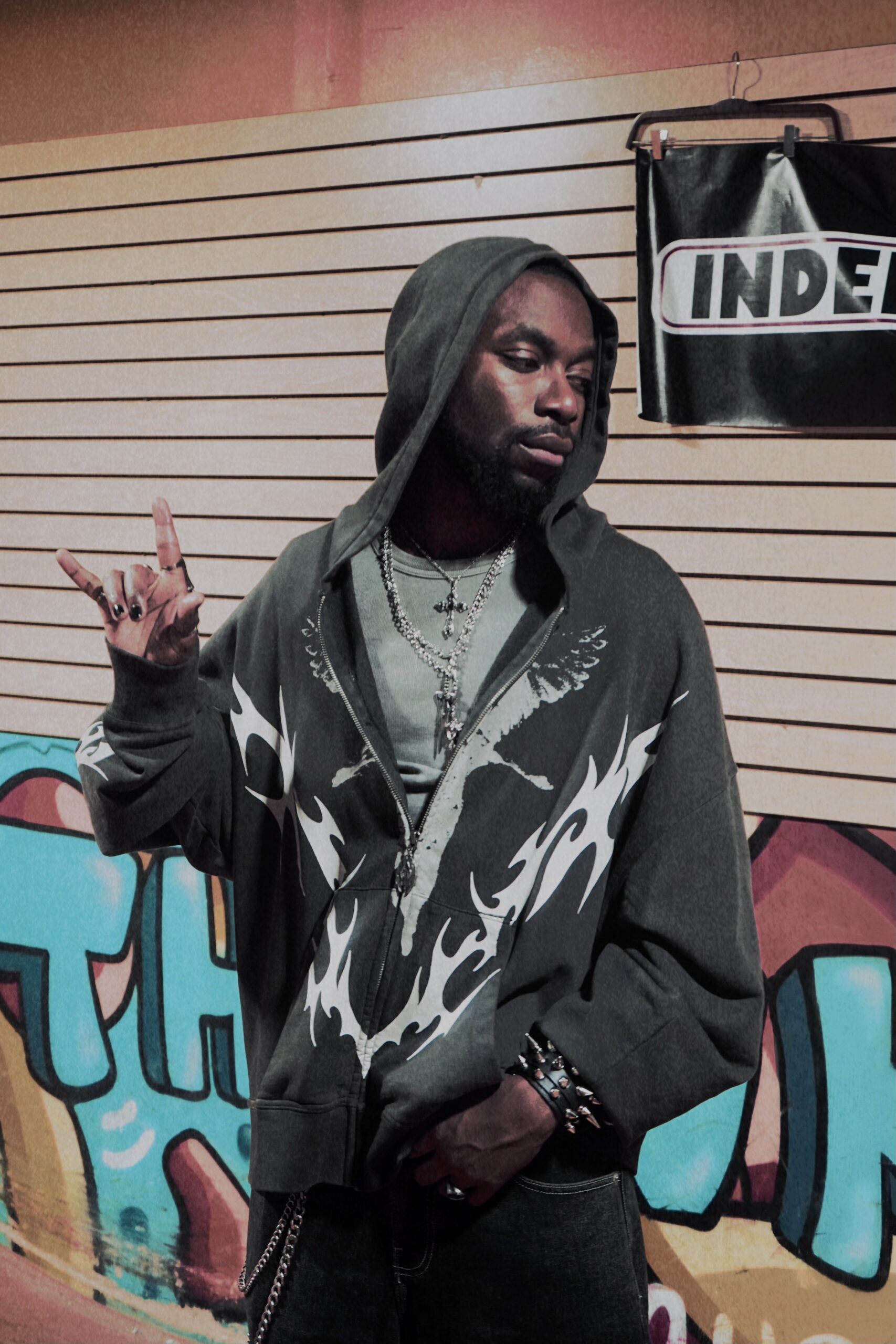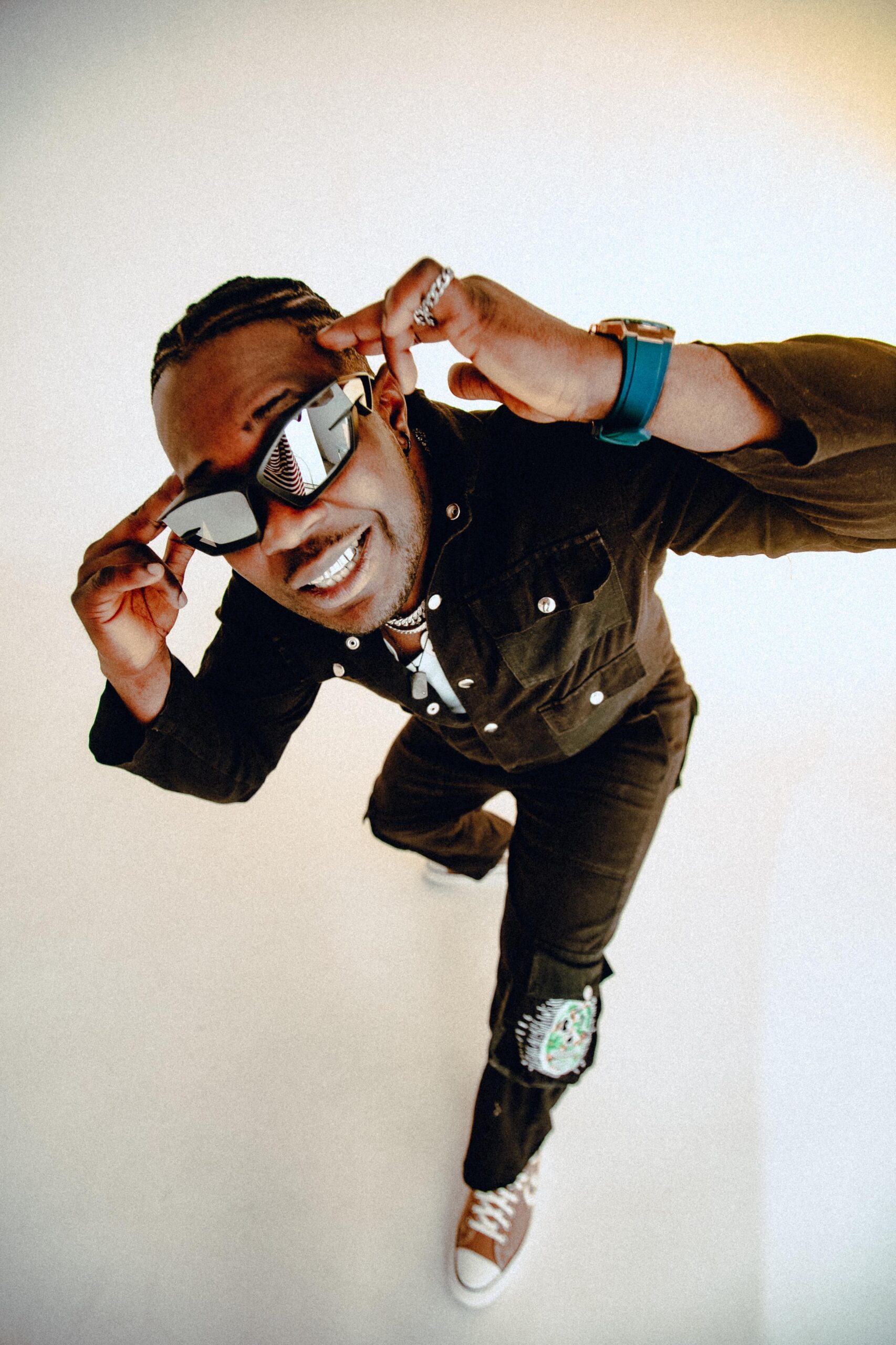Bomi Anifowose
If you’ve watched the evolution of Nigerian pop long enough, you’ll know that Today’s Afropop stars, with their tinted twists, pearl accessories, bare chests, and manicured hands are far from a new phenomenon, a Gen-Z deviation from the iron-fisted masculinity that once defined Nigerian music. This delicacy, that almost divine flirtation with beauty, has always been part of the Nigerian pop DNA. Effeminacy, in this context, is not a Western import but a local heirloom passed down through decades of audacious self-styling.
Long before Rema slicked his hair into braids or Omah Lay turned heartbreak into high art, Nigeria had men who weaponised aesthetics. The Legendary and audacious Charly Boy detonated them. With his acrylic nails, eyeliner, and leather corsets, he built a theatre of defiance in a time when flamboyance was a social crime. His beauty wasn’t meant to soothe; it was meant to startle. Abass Akande Obesere, too, embodied a kind of sensual mischief, the pelvis-thrusting Fuji icon who understood that a man’s movement could seduce a crowd long before his lyrics did.
That flamboyance trickled into the early 2000s, finding gentler expression in Nollywood’s golden lovers, men like Ramsey Nouah, Jim Iyke, and Pat Attah, who replaced grit with grooming. They wore heartbreak like fragrance, taught a generation that Nigerian men could be tender without being weak.
Fast forward to today, and that aesthetic sophistication has matured into a global export. Rema’s braids and delicate poise, CKay’s rose-tinted gloom, Omah Lay’s sultry minimalism, and even Fireboy DML’s androgynous grace, all operate within a visual lineage that stretches back decades. The difference? Today’s effeminacy is less performative theatre and more lived texture, subtler, more intimate, but equally subversive.
This aesthetic succession works because it is marketable, but not in the cynical sense. Brands love these artists precisely because they embody what the modern consumer wants to be: emotionally fluent, visually expressive, gender-fluid in energy. When Rema fronts a fashion campaign or Omah Lay appears in monochrome melancholy, they’re selling something deeper than product, they’re selling permission. Permission for African men to care for themselves, to curate beauty, to perform softness without apology.
But it would be dishonest to call this a break from tradition. Effeminacy in Nigerian performance has always existed as ritual. From the elaborate costuming of Yoruba masquerades to the aesthetic precision of highlife bandleaders, the fusion of beauty and performance has long been coded into the African creative psyche. Nigerian pop simply translates that ancestral showmanship into contemporary language, the silk shirt replacing the masquerade regalia, the nose ring echoing the spirit’s mask.
The charm of effeminacy in Nigerian pop is that it disarms without diminishing. It allows power to be redefined, not as dominance, but as composure. That’s why brands and fans alike lean in. It’s not just the look; it’s the poise, the myth of vulnerability, the art of being seen without begging to be understood.




